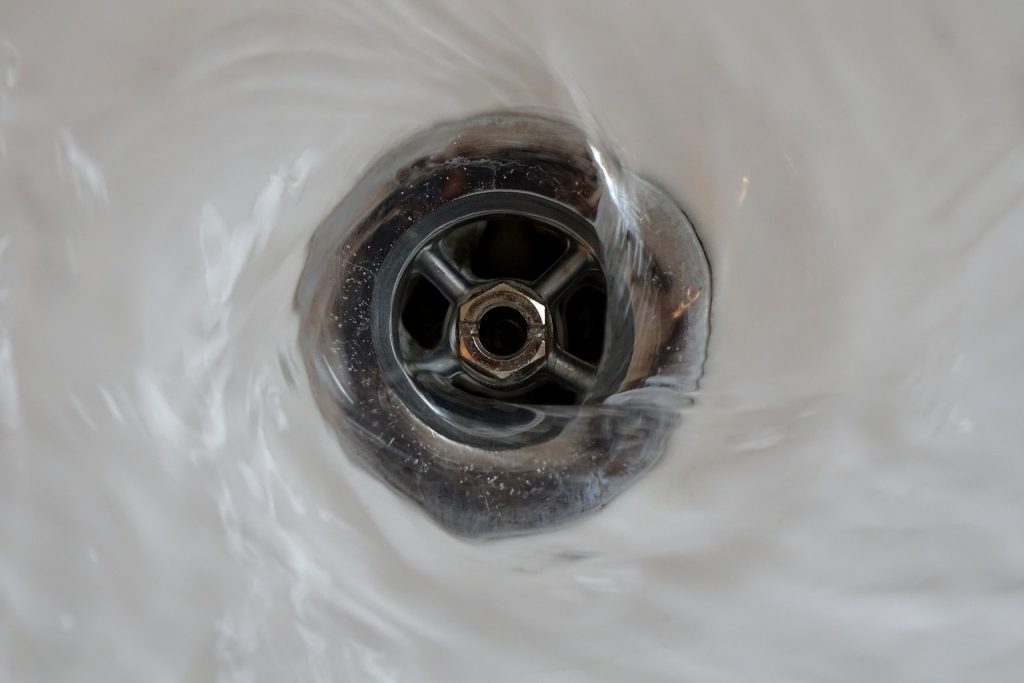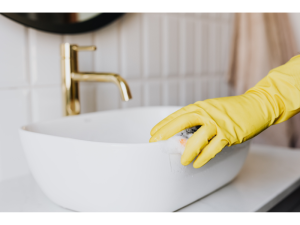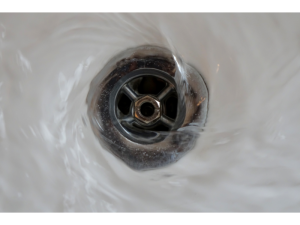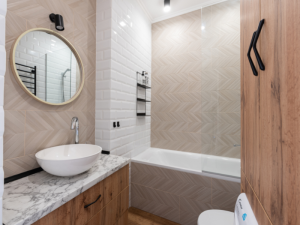The main drain is one of the most essential parts of the plumbing system. And when clogged, all activities in a home can be halted. Imagine if your shower drain is not working, or the sinks are clogged. And even worse, your entire plumbing system is clogged. While most drain clogs can be prevented early, others may go unnoticed for long periods. The sooner a drain clog is identified, the less the damage will be caused not forgetting cheaper repair and maintenance costs. This brings on the importance of keeping a close eye on your plumbing fixtures and keeping track of smaller problems that frequently occur.
What are the signs of a drain clog?
-
Multiple slow-moving drains in your home
Have you observed multiple slow-moving drains in your home? Everything used to drain well, but not anymore. However, you notice slow draining on the sinks, showers, toilets, and bathtubs. If you see this, you could be having a main drain clog issue.
The slow water drains on multiple areas are often caused by a blockage in the main drain, especially when they happen simultaneously. This is because all the drains in your home are connected to the main drain. However, if you notice that the water is slow-moving on only one drain, say, the kitchen sink, then the blockage could be on the kitchen sink only.
-
Water overflows when using plumbing fixtures
If you flush the toilet and water gurgles up the tub or the shower, then you may have a blocked drain. Also, take note of water gurgling in the toilet when the sink is turned on or overflows on toilets and sinks when the washing machine is turned on. This is because the water trying to leave the drain clog has nowhere to go, forcing it to find other drains.
-
Slow draining
If you have a clog in your main drain, the amount of water that should be drained in one minute could take over 10 minutes to drain. If you notice slow drains on your sinks., bathtubs, and even toilets, then it’s time to have the main drain checked.
-
Constant kitchen and toilet clogs
Kitchen sink and toilet clogs are sometimes unavoidable, especially in large families. However, if you notice that the clogs have become more frequent than before, then you could have a main drain clog.
-
Have you noticed unusual changes on your lawn?
If your sewer line extends to your lawn, you will notice unusual changes on the grass on your lawn. For instance, you may find a soggy patch of grass even when it has not rained or snowed. This could be an indication of a broken or blocked sewer pipe.
-
An overflow on the sewer cleanout
An overflow on the sewer cleanout is a clear indication of a clog on the main clog. To detect an overflow on the sewer cleanout, you need to be more observant. Practice looking around the exterior of your sewer cleanout regularly. Most sewer cleanouts are located in the basement or outside the home and are often marked. If sewage is pouring out of the cleanout, no matter how little it is, ask for plumbing help immediately to avoid having the entire area flooded.
How did my main drain get clogged?
For most people, the main drain clog often comes as an unpleasant surprise. Let’s see what could have caused that main drain clog.
- Severe pipe damage– Main drain pipes can get broken or ruptured over time. When this happens, water cannot drain through the plumbing system, causing a blockage. Several pipes leading to the main drain could have been damaged due to shifting soil, use of heavy construction equipment, or increased traffic above the pipe. Alternatively, an older pipe could have corroded causing the pipe to collapse. If leaking joints were not properly done, they could be the culprit for the broken pipe.
- Tree root infiltration– A case of tree root infiltration is common in older sewer lines. This is because older drains were created from porous materials as well as loose connections. Growing shrubs and trees can latch to a drainpipe and grow into the pipe in the search for water. This can cause the line to break as the root expands.
- Sagging sewer lines– Although this is beyond your control, a main drain clog can be caused by a sagging sewer line that results from soil or ground conditions. Due to the collection of waste, soil, paper, and other materials, the sewer line can have severe repeat blockages.
- Did you flush debris down your toilet? – While most people know only to flush human waste and tissue paper down the toilet, others often ignore this. Flushing debris, as well as other materials down the toilet, is the easiest to clog your main drain.
- Remember that time you poured grease down the sink? – Grease, oils, and fats are some of the biggest culprits for blocked and clogged drains. While it may seem like an innocent mistake, be ready to deal with clogged drains frequently. Also, pouring hot water on drained fats, grease and oils does not solve the impending clogs. This is because these harden and stick to drain pipes, causing drain clogs.
What are the repair options for your main drain clogs?
- Traditional sewer line replacement or repair– This involved digging the surrounding line with a backhoe. It allows easy access to the clogged area. Once the problem has been solved, it is then refilled and covered. This is the most common sewer line replacement and repair method used.
- Trenchless sewer line repair– In instances where the traditional sewer line replacement or repair method is not favorable, the trenchless sewer line repair method can be used. It involves making small incisions or access holes to the damaged pipe. The damaged pipe is pulled out and replaced with a new one. This method is preferred seeing that it does not damage driveways and yards as with the traditional sewer replacement method.
Struggling with a main drain clog in your home? Attempting to DIY main drain clogs can cause more damage. Ensure you get the services of a qualified plumber to sort the clogs. Also, take preventive measures such as flushing only the acceptable waste and undertaking regular maintenance on your plumbing system.








